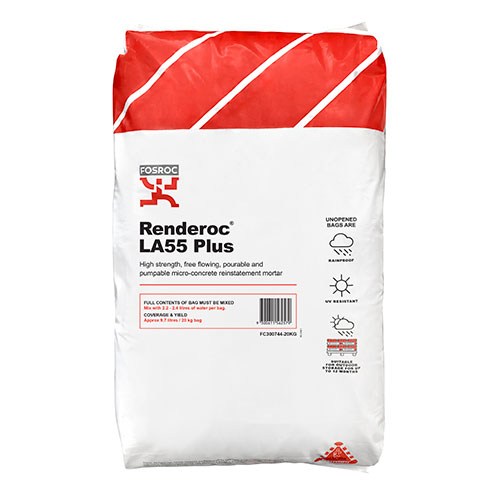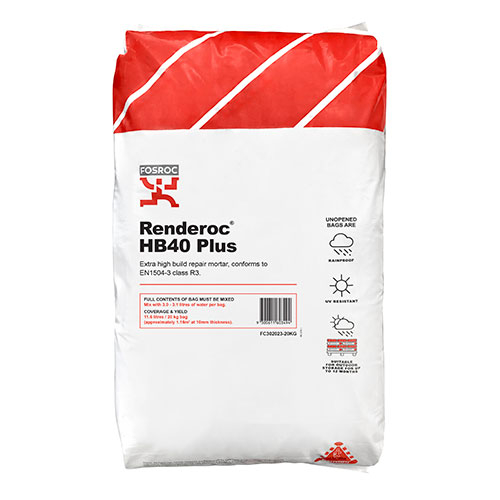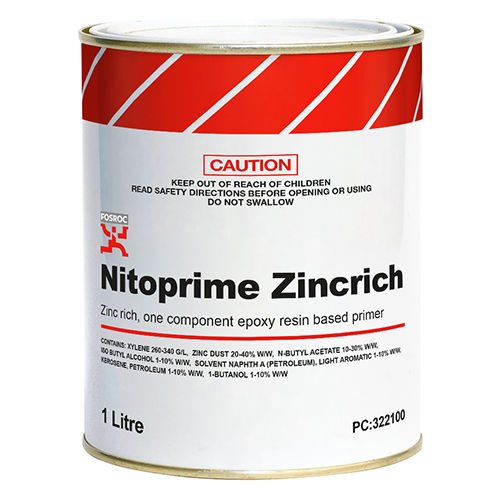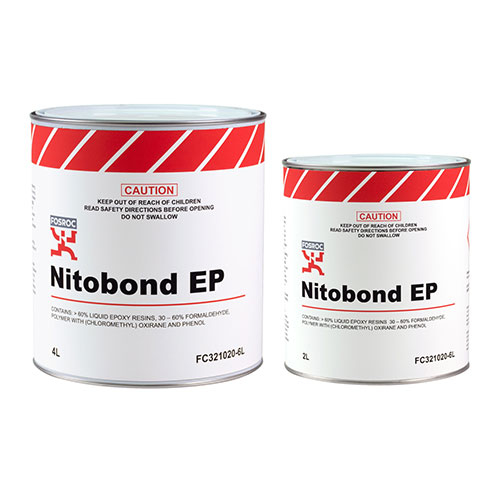Customer NSW National Parks and Wildlife Service
Specifier ACOR Consultants
Contractor Dapcor
Sector Heritage Buildings
Products
- Fosroc Renderoc LA55 Plus
- Fosroc Renderoc HB40 Plus
- Fosroc Nitobond EP
- Fosroc Nitoprime Zincrich
- Fosroc Concure X90
To repair heritage-listed military assets overlooking Sydney Harbour, Renderoc LA55 Plus and Renderoc HB40 Plus were selected for their high resistivity formula.
This strategic repair has enabled safe visitation and future protection while retaining heritage values.
Heritage-sensitive concrete repairs for Sydney Harbour military assets
Heritage assets require careful consideration when selecting repair materials. In this article, ACOR Consultants Principal Peter Johnsson explains his 'minimal intervention' strategy for concrete military fortifications in the Sydney Harbour National Park.
The first step was to determine the cause of corrosion and spalling through comprehensive testing. “Interestingly, carbonation was the key cause. Areas of deeper cover were not showing signs of active corrosion after 80 years of exposure, while it was clearly evident that parts of the structure with low concrete cover had been corroding for a long time, resulting in significant damage,” Peter explains.
Increasing concrete cover, adding protective coatings or installing galvanic anodes were not considered to be the most sympathetic heritage solution, as these strategies would alter the structures' surface finish and geometry.
"The most sympathetic heritage solution was to repair the structures to their original geometry and surface finish with the most resistant repair system that would stifle any possible future corrosion in the repaired areas, whilst letting the remaining areas age like the heritage structures they are.”
Renderoc repair mortars LA55 Plus and HB40 Plus were chosen for their high resistivity and extra high build capabilities.
Making heritage safe
The conservation work was part of a $10 million new walking track linking Middle Head and Georges Head, joining this stretch of coastline up with the much longer Sydney Harbour Scenic Walk. The NSW National Parks and Wildlife Service engaged ACOR Consultants to design the walk’s viewing platforms and ensure the fortifications were safe for visitation across three locations: Middle Head, Obelisk Bay and Georges Head.
The majority of the structures were built during World War II and had withstood 80 years of exposure in a coastal environment.
“Each of the structures had extensive concrete spalling. Large sections of concrete had already detached, and new areas were ready to detach, so safety was the initial driver,” Peter explains.
Diagnostic testing
“In this coastal location, we would usually expect chloride attack to be the predominant mechanism responsible for the deterioration. But we can’t make those assumptions without the appropriate investigation.”
Armed with a concrete cover meter, phenolphthalein testing solution and other diagnostic tools, the ACOR team conducted three days of inspections across all sites. Selecting the specific locations on each structure for testing was key. Testing both the damaged concrete and more well-preserved sections provided a full picture of the assets’ current condition and likely future deterioration.
While chloride had impacted the edges of the concrete due to wetting and drying cycles, carbonation was the predominant mechanism for corrosion in all other areas. "The slab soffits and outer beams were most impacted by spalling,” Peter says.
The extent of the damage required large-scale repairs. In these locations the structures were essentially re-cast with repair material. The philosophy was that the repaired areas were to have no detrimental effect on the original ‘heritage’ concrete.
To make things more challenging, all materials needed to be walked into the national park location.
Repair and protection
Dapcor Building Services executed ACOR’s specification, reinstating the damaged concrete with Renderoc Plus products.
“The Renderoc Plus range from Fosroc ANZ was chosen for its high resistivity formulation and high build abilities. We also used an epoxy primer in most areas to completely electrically isolate the repair materials from the original concrete," Peter says.
The ACOR team closely inspected all works and advised on the necessary extent of repair. The aim was to retain as much heritage fabric as possible without compromising the durability of the repair or the original heritage concrete.
"We didn’t want these historic structures to look like ‘new’. The weathering over the years and the inherent durability of concrete is what is on show for history buffs. The fact is that a majority of the structures were perfectly sound after 80 years, and should any of the heritage concrete eventually start to spall in the future, well that’s part of the story of the structures,” Peter says
With advice from our ANZ Specification Manager for Concrete Repairs, Hamid Khan, the following products were used.
- Anti-corrosion primer Nitoprime Zincrich was applied to protect any exposed steel reinforcement. This was particularly critical in areas with low cover.
- Nitobond EP was applied to ensure the exposed concrete bonded with the new mortar and also to electrically isolate the repair.
- Renderoc LA55 Plus was used for deep repairs in excess of 50mm.
- Renderoc HB40 Plus was used for smaller patch repairs.
- Finally, Concure X90 was applied to protect the fresh concrete from evaporation while it cured.
If you need a specification for your next project, get in touch with Fosroc ANZ using the contact form below.
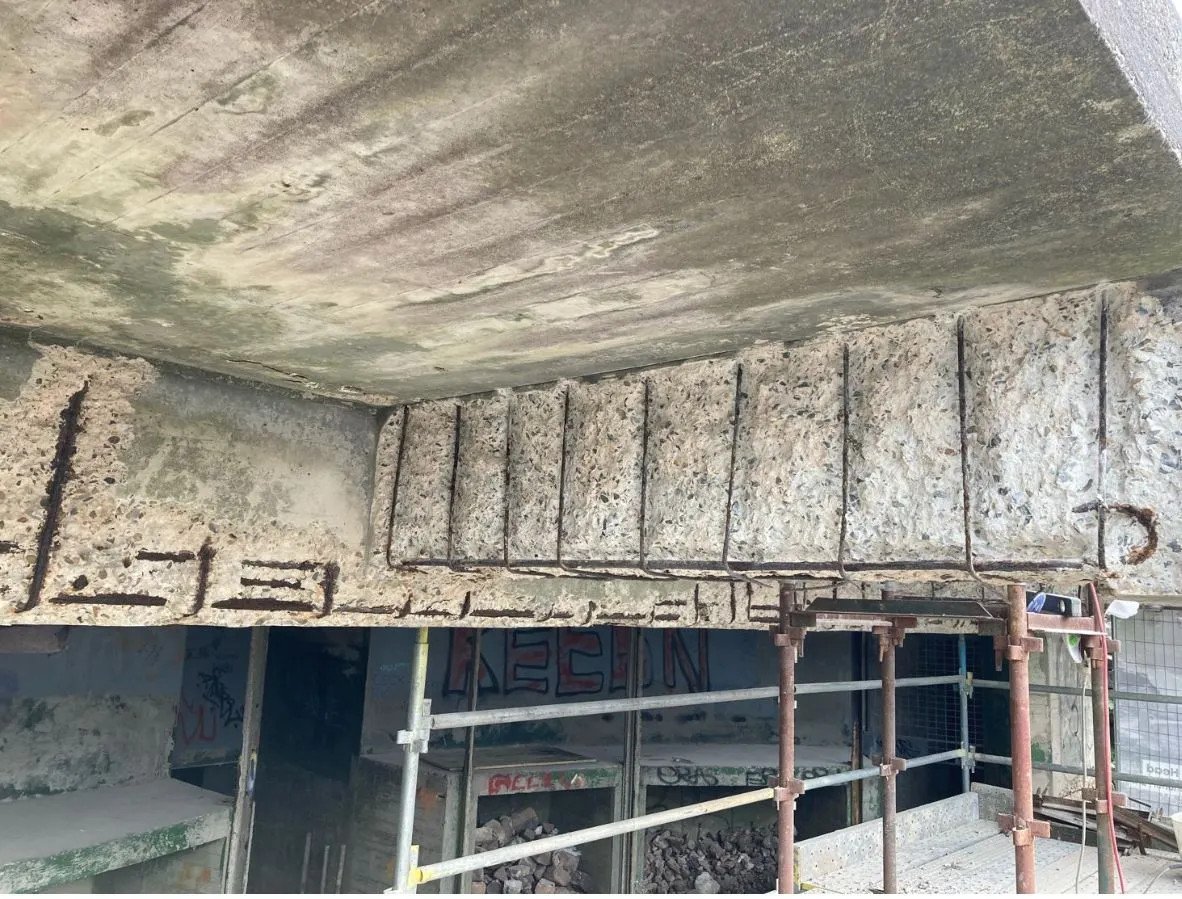
Repairs underway.
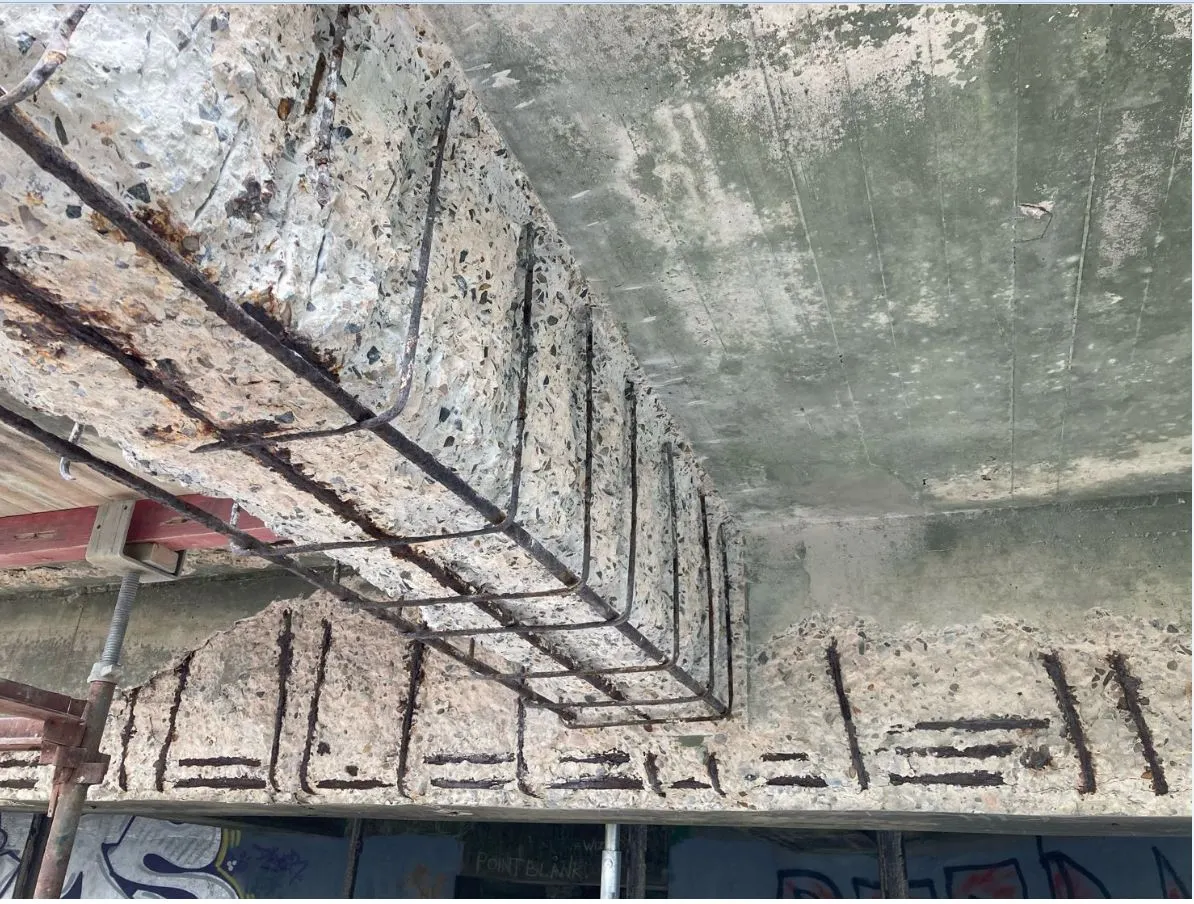
Reinforcing steel has been exposed ready for cleaning and preparation.
